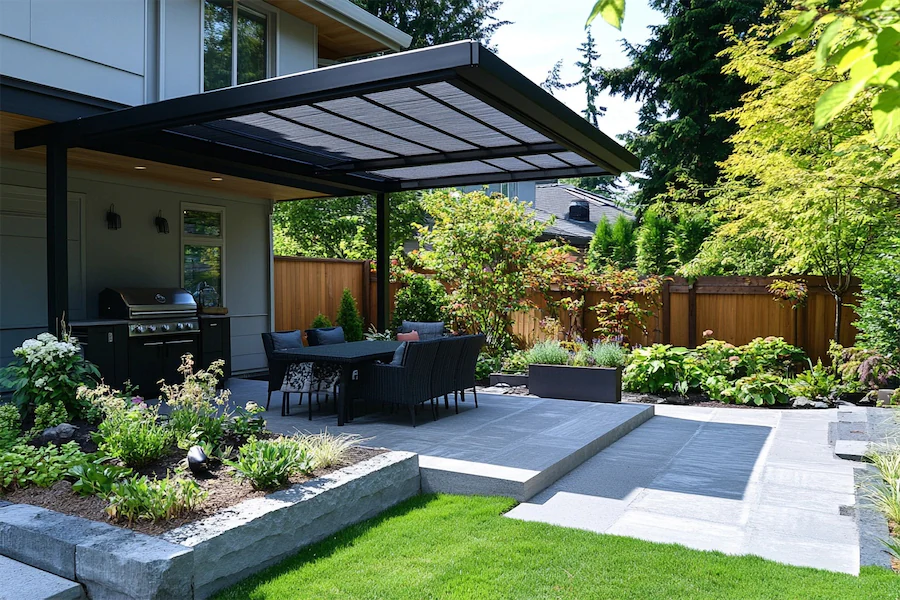A shade garden is designed to thrive in areas with limited sunlight, utilizing plants that naturally flourish under tree canopies, beside structures, or in other low-light environments. These gardens offer a serene retreat and can transform underutilized shady spots into vibrant landscapes.
Key Features of Shade Gardens
Shade gardens are characterized by several distinctive features:
- Shade-Tolerant Plant Selection: Incorporating plants such as hostas, ferns, astilbes, and heucheras ensures the garden thrives despite limited sunlight. These species are adapted to lower light conditions and often feature diverse foliage textures and colors.
- Foliage Diversity: Since flowering may be less prolific in shaded areas, emphasis is placed on the variety of leaf shapes, sizes, and hues to create visual interest. Combining plants with different foliage textures and colors can result in a dynamic and appealing garden.
- Moisture Management: Shaded areas can retain moisture differently than sunnier spots. Selecting plants that prefer the specific moisture levels of your garden’s shade—be it dry or damp shade—is crucial for plant health.
Applications of Shade Gardens
Shade gardens can be adapted to various settings:
- Residential Landscapes: Homeowners can revitalize shaded areas under trees or alongside buildings by introducing shade-loving plants, turning previously neglected spaces into lush, inviting gardens.
- Public Parks and Spaces: Urban planners and landscapers can design shaded communal areas that provide cool, restful environments for visitors, enhancing the usability and aesthetic appeal of public spaces.
Considerations When Designing a Shade Garden
When planning a shade garden, consider the following:
- Assess Light Levels: Determine the type and amount of shade—whether it’s partial, dappled, or deep shade—to select appropriate plants that will thrive in those specific conditions.
- Soil Preparation: Enhance soil fertility and drainage by incorporating organic matter, ensuring a conducive environment for shade-loving plants. This is particularly important in shaded areas where tree roots may compete for nutrients.
- Design Elements: Utilize pathways, seating, and water features to add structure and functionality to the garden. Incorporating reflective surfaces like mirrors can also brighten darker areas by amplifying available light.
Conclusion
Shade gardens offer a unique opportunity to create tranquil and visually appealing landscapes in low-light areas. By carefully selecting suitable plants and thoughtfully designing the space, you can transform shaded spots into lush, inviting retreats that enhance the overall beauty and diversity of your garden.
